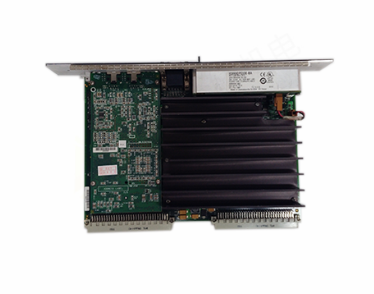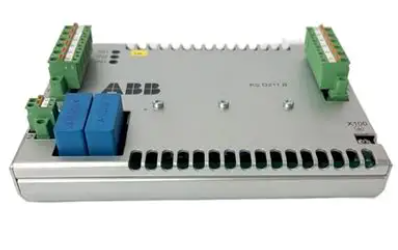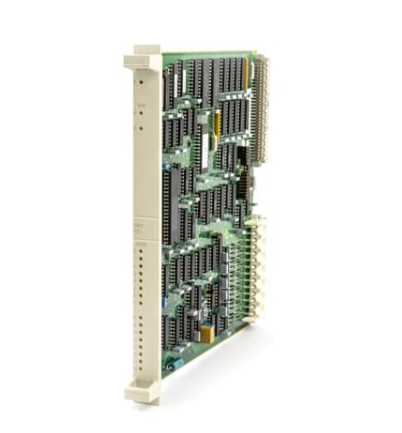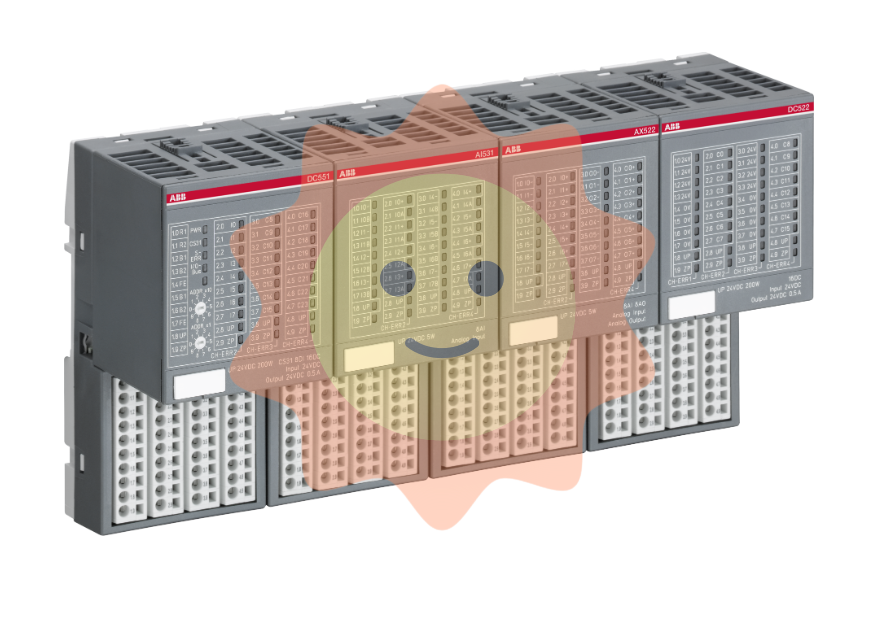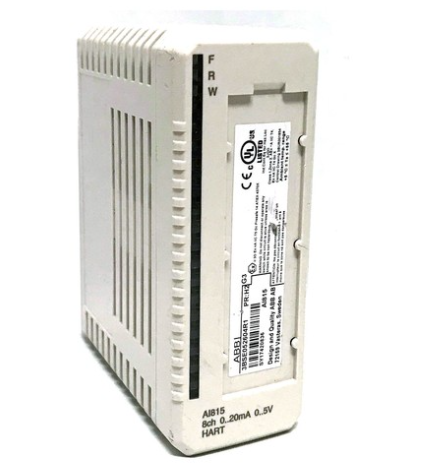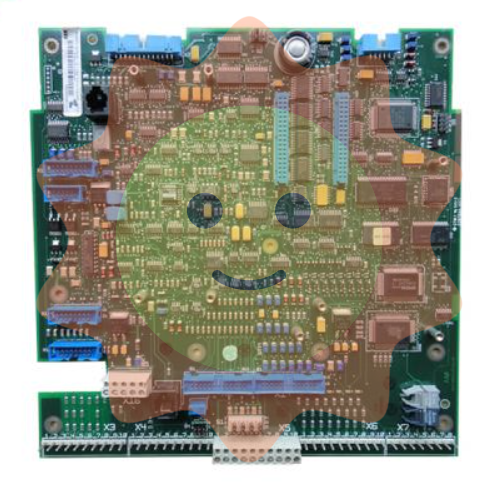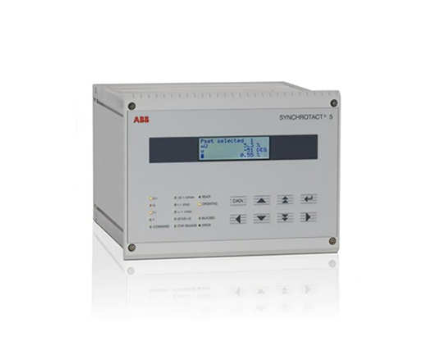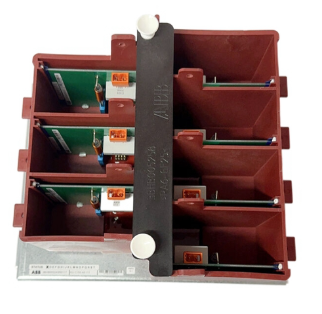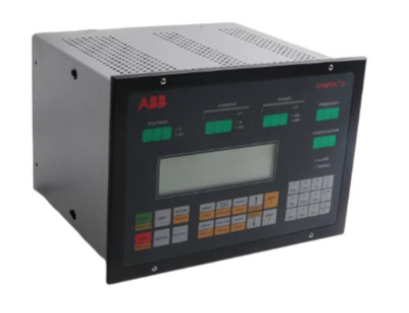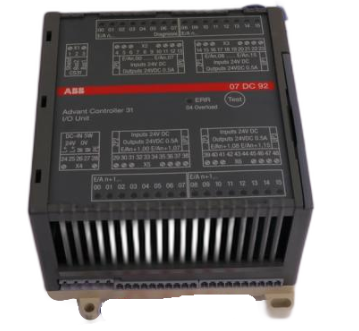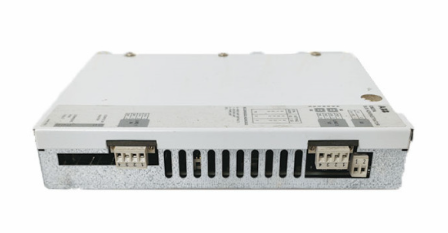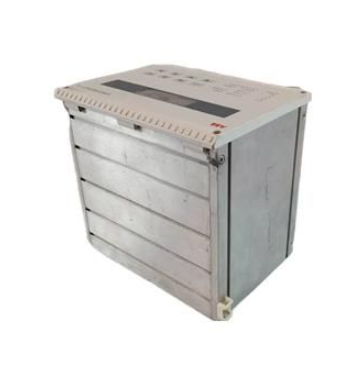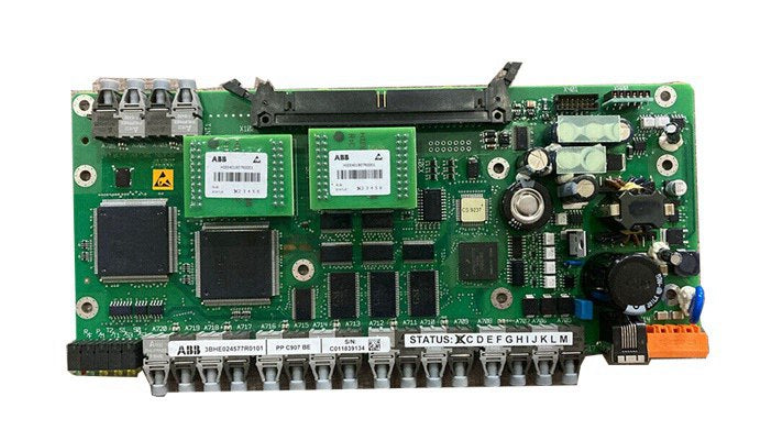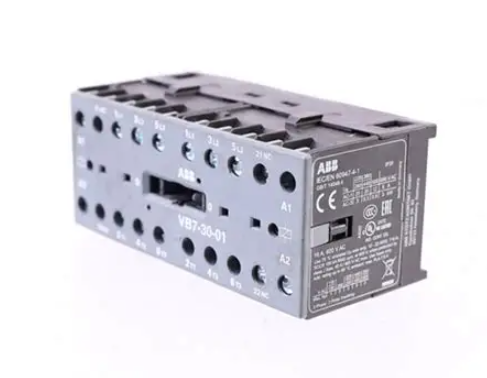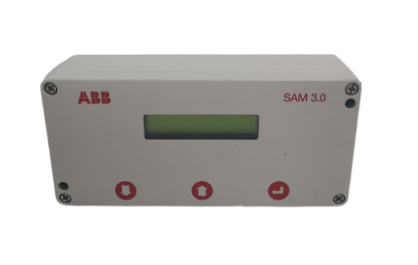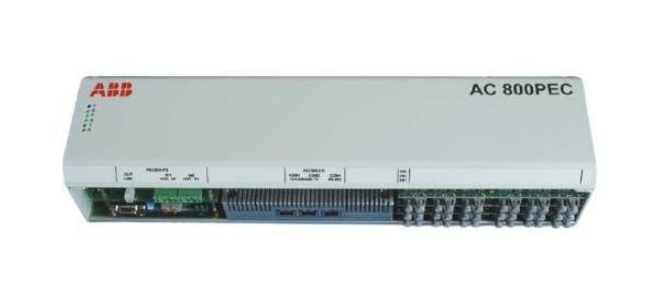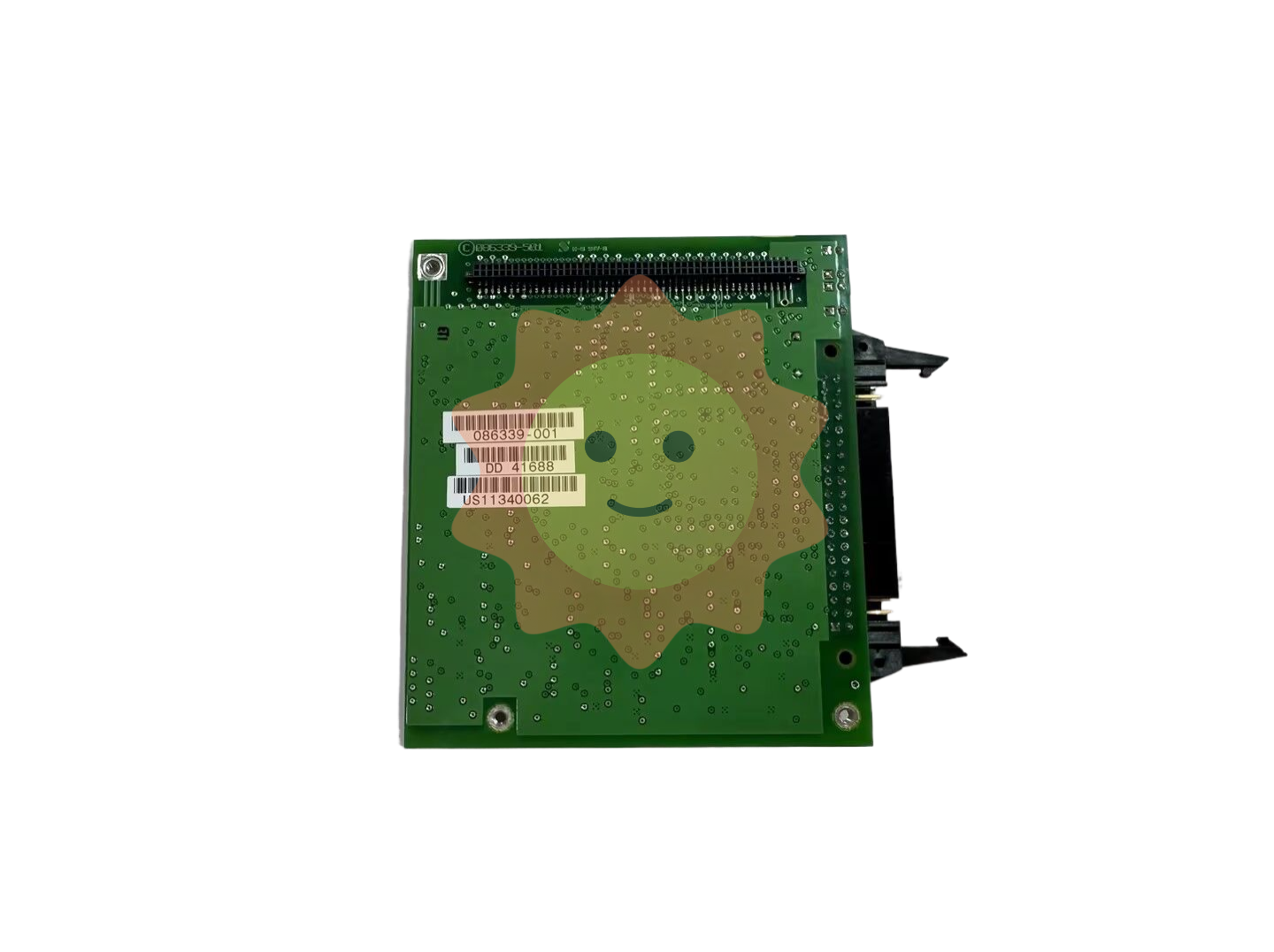ABB 3BHE03930R0101 I/O module
Brand: ABB is a globally renowned leader in power and automation technology, known for its innovative and reliable products and solutions.
It has profound technical accumulation and rich project experience in the field of industrial automation.
The 3BHE03930R0101 I/O module inherits ABB's strict control over quality and performance.
Product Category: Clearly classified as an I/O module, it undertakes crucial signal input and output functions in industrial automation systems and serves as a key bridge connecting field devices and control systems.
ABB 3BHE03930R0101 I/O module
Basic information
Model identification: 3BHE0930R0101 is a specific model assigned by ABB to this product, which accurately locates its position in the
ABB I/O module product system, facilitating user selection and technical personnel to conduct targeted product research and maintenance.
Brand: ABB is a globally renowned leader in power and automation technology, known for its innovative and reliable products and solutions.
It has profound technical accumulation and rich project experience in the field of industrial automation.
The 3BHE03930R0101 I/O module inherits ABB's strict control over quality and performance.
Product Category: Clearly classified as an I/O module, it undertakes crucial signal input and output functions in industrial automation systems and serves as
a key bridge connecting field devices and control systems.
Technical Parameter
signal type
Digital quantity: may support standard TTL or CMOS level signals, used to connect digital devices such as switches, sensors, relays, etc.
Analog: If analog input and output are supported, the possible input and output ranges include voltage signals, such as 0-10V, ± 10V, etc; Current signals, such as 4-20mA, 0-20mA, etc.
Number of channels: Common ABB I/O modules have 8 channels, 16 channels, etc. For example, digital input/output modules may have 8 or 16 digital inputs and 8 or 16 digital outputs; The analog input/output module may have 4 or 8 analog inputs and 4 or 8 analog outputs, but the specific number of channels for 3BHE0930R0101 is unknown.
Electrical characteristics
Power requirements: Typically powered by 24V DC, some modules may also support other voltage levels such as 12V, 48V, etc.
Isolation feature: It has electrical isolation function, such as isolation between channels and between input and output and power supply. The isolation voltage may range from several hundred volts to several thousand volts to enhance the stability and anti-interference ability of the system, prevent electrical interference and fault propagation between different circuits.
Communication Protocol: It may support multiple industrial communication protocols, such as Modbus RTU/TCP, Profibus DP, EtherNet/IP, PROFINET, etc., for communication and data exchange with different controllers, upper computers, or other devices, achieving system integration and remote monitoring.
Working environment conditions
Temperature range: The working temperature range of general industrial grade I/O modules is around -25 ℃ to+60 ℃ or -40 ℃ to+85 ℃ to adapt to different industrial environmental temperatures.
Humidity range: able to operate stably within a certain humidity range, such as 5% -95% without condensation.
Features and functions:
High reliability: Using high-quality materials and advanced manufacturing processes, it can work stably in harsh industrial environments, has strong anti-interference ability, ensures the accuracy and stability of data transmission, and reduces system failures and downtime.
Multiple signal types supported: It may support multiple types of input and output signals, such as digital signals (such as switch input and output), analog signals (such as voltage and current signal input and output), etc., to meet the signal interface requirements of different industrial equipment and systems.
Flexible configuration options: Allow users to flexibly configure according to specific application scenarios and control requirements, such as determining input and output points, signal ranges, communication protocols, and other parameters through software or hardware settings, making it easy to integrate into various automation control systems.
High speed data processing capability: able to quickly collect input signals and output the processed results to meet the high real-time requirements of industrial control processes, such as timely and accurate signal processing and transmission in some motion control, process control and other scenarios that require fast response.
Good compatibility and openness: Supports multiple standard communication protocols such as Profibus, Modbus, EtherNet/IP, etc., making it easy to integrate and exchange data with other brands of devices or systems, and helping to build complex industrial automation networks.
Working principle
Basic concepts and functional positioning
I/O module is the core component for signal interaction in industrial automation systems, used to connect controllers (such as PLC, DCS) with field devices (such as sensors, actuators), to achieve data acquisition and control instruction output. As a leading enterprise in the field of industrial automation, ABB's I/O module design follows the principles of high reliability, compatibility, and real-time performance, and is widely used in scenarios such as power, manufacturing, and energy.
Core working principle: The entire process of signal processing
1. Input Process
Signal acquisition:
Receive signals from on-site devices such as pressure sensors, limit switches, and temperature transmitters, which are divided into digital quantities (switch status, such as ON/OFF) and analog quantities (continuously changing values, such as 4-20mA current, 0-10V voltage).
- EMERSON
- Honeywell
- CTI
- Rolls-Royce
- General Electric
- Woodward
- Yaskawa
- xYCOM
- Motorola
- Siemens
- Rockwell
- ABB
- B&R
- HIMA
- Construction site
- electricity
- Automobile market
- PLC
- DCS
- Motor drivers
- VSD
- Implications
- cement
- CO2
- CEM
- methane
- Artificial intelligence
- Titanic
- Solar energy
- Hydrogen fuel cell
- Hydrogen and fuel cells
- Hydrogen and oxygen fuel cells
- tyre
- Chemical fiber
- dynamo
- corpuscle
- Pulp and paper
- printing
- fossil
- FANUC
- Food and beverage
- Life science
- Sewage treatment
- Personal care
- electricity
- boats
- infrastructure
- Automobile industry
- metallurgy
- Nuclear power generation
- Geothermal power generation
- Water and wastewater
- Infrastructure construction
- Mine hazard
- steel
- papermaking
- Natural gas industry
- Infrastructure construction
- Power and energy
- Rubber and plastic
- Renewable energy
- pharmacy
- mining
- Plastic industry
- Schneider
- Kongsberg
- NI
- Wind energy
- International petroleum
- International new energy network
- gas
- WATLOW
- ProSoft
- SEW
- wind
- ADVANCED
- Reliance
- YOKOGAWA
- TRICONEX
- FOXBORO
- METSO
- MAN
- Advantest
- ADVANCED
- ALSTOM
- Control Wave
- AB
- AMAT
- STUDER
- KONGSBERG
- MOTOROLA
- DANAHER MOTION
- Bently
- Galil
- EATON
- MOLEX
- Triconex
- DEIF
- B&W
- ZYGO
- Aerotech
- DANFOSS
- KOLLMORGEN
- Beijer
- Endress+Hauser
- MOOG
- KB
- Moxa
- Rexroth


Email:wang@kongjiangauto.com



